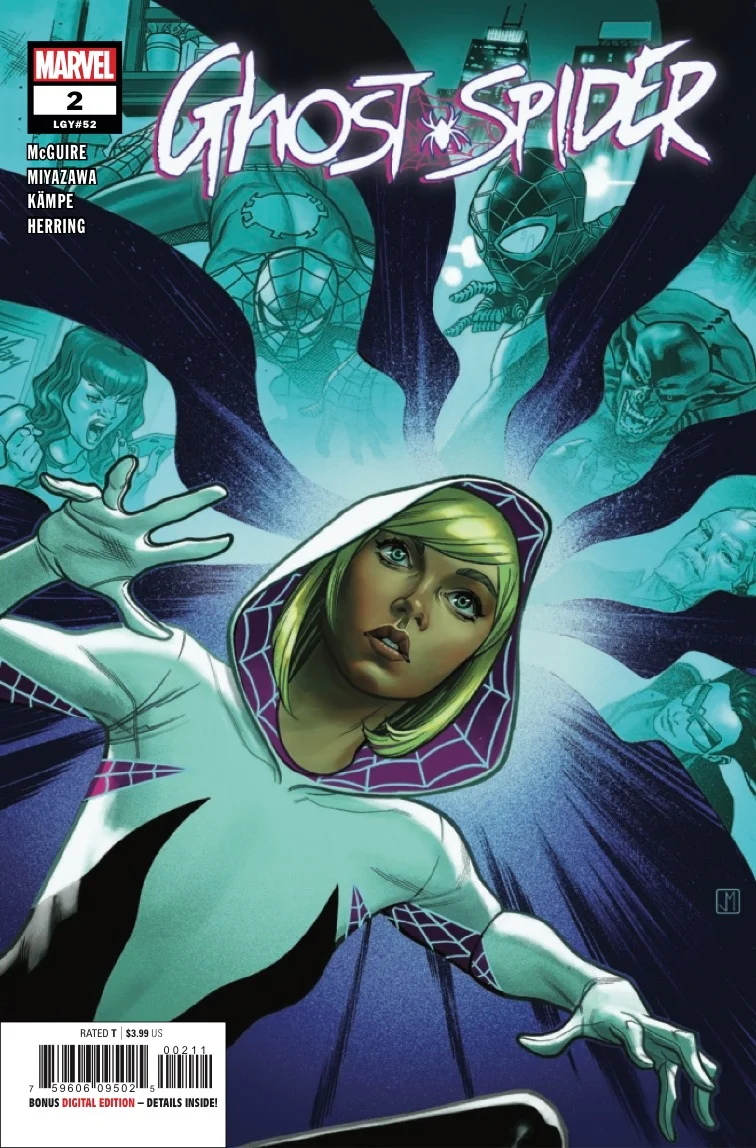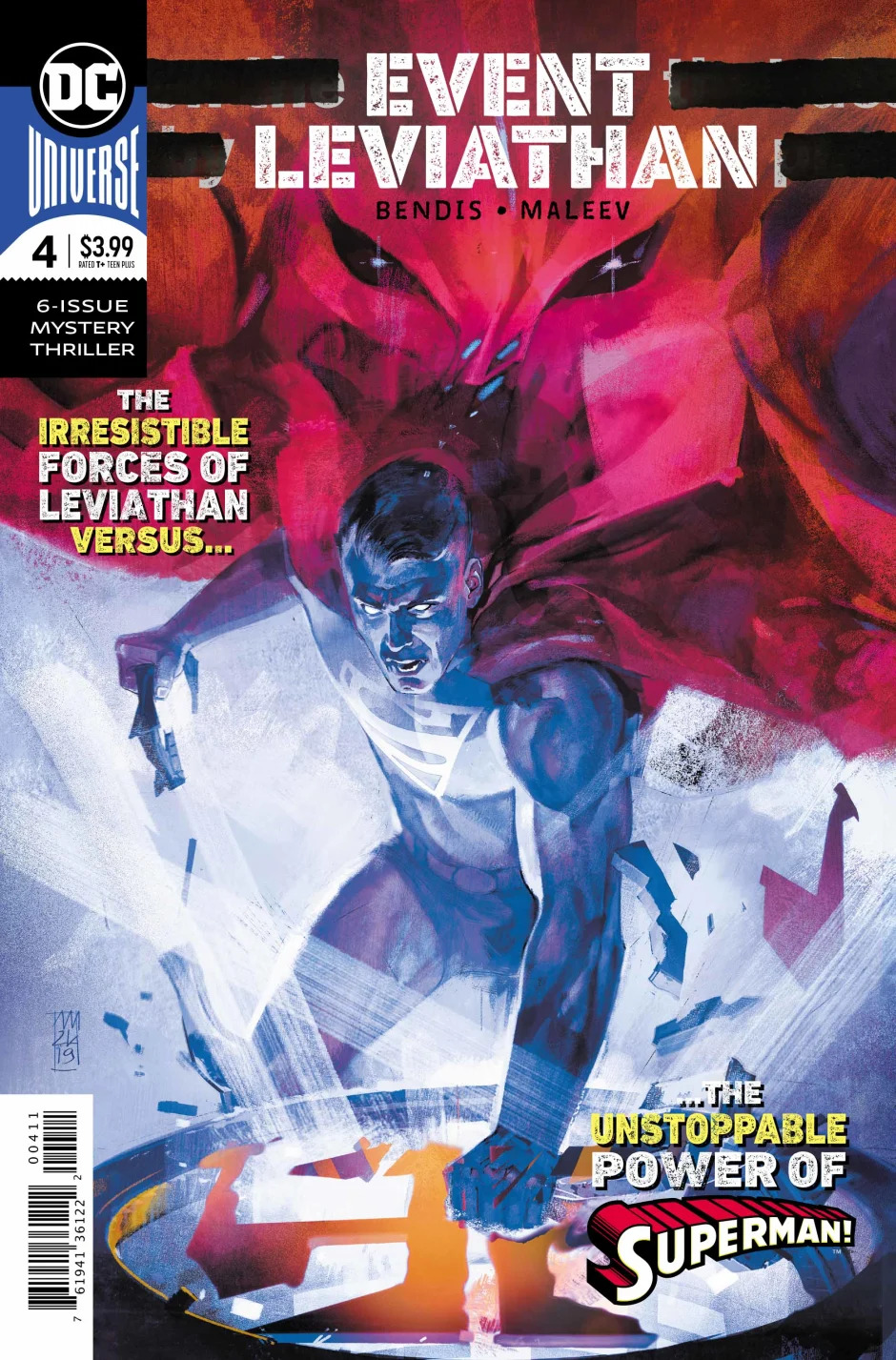McGuire and company maintain a remarkably balanced work/life/superhero balance in the issue.
All in Superheroes
Batman Beyond #36 // Review
Jurgens sets things up in an auspicious direction at issue's end.
Batman/Superman #2 // Review
Fans of widescreen, brainless superhero action should pick up Batman/Superman #2.
Powers Of X #5
More of the building blocks of Krakoa are revealed!
Action Comics #1015
Superman meets Naomi.
Dial H for HERO #7 // Review
Dial H for HERO #7, while largely unnecessary, is still fun because of the work of the four fill-in artists.
Justice League #32 // Review
DC's flagship title stands tall and proves to be the powerhouse initially promised.
Batman: Damned Collection // Review
Now finished, DC has chosen to release the controversial series at once. Does it hold up to the premise?
Aero #3 // Review
Lei is given just enough personality in and around the action to command a very unique presence.
History of the Marvel Universe #3 // Review
There’s very little here that hasn’t been visited and revisited countless times.
Dead Man Logan # 11
Logan learns whose behind all his troubles in the Badlands.
Superman # 15
Bendis closes out The Unity Saga.
Superman’s Pal Jimmy Olsen #3 // Review
Superman’s Pal Jimmy Olsen is the opposite of DC’s often-criticized doom and gloom.
Absolute Carnage #3 // Review
Breaking up is hard to do in Absolute Carnage #3.
Second Coming #3 // Review
Second Coming remains clever enough, which goes a long way in this otherwise unfocused third issue.
The Magnificent Ms. Marvel #7 // Review
Writer Saladin Ahmed partners with artist Joey Vazquez, color artist Ian Herring, and letterer Joe Caramagna to make a story that's one part YA contemporary and three parts superhero adventure.
Powers Of X #4
More light is shed on the relationship between Xavier and Krakoa.
Captain Marvel #10 // Review
Kelly Thompson blurs the line between friends and enemies, heroes and villains as Captain Marvel falls deeper into the mystery surrounding her recent power malfunction.
Event Leviathan #4 // Review
Event Leviathan #4 continues this fun, brisk, compelling mystery.
Wonder Twins #7 // Review
Wonder Twins #7 is pleasant enough, but it lacks the bite of earlier issues.




















